CAT GC55K, GC55K STR, GC60K, GC70K, GC70K STR Lift Truck Service Manual
$45.00
Enhance your knowledge and capabilities with our comprehensive manuals for the Lift Truck Forklift models: GC55K, GC55K STR, GC60K, and GC70K STR. These resources include:
- Service Manual: 505 Pages
- Engine Manual: 183 Pages
- Operation and Maintenance Manual: 173 Pages
- GM 4.3L, G6 Engine LPG Fuel System Supplement: 296 Pages
All manuals are in English and available in PDF format for convenient access and searchability. Click to access the Service Manual, Engine Manual, and more.
Caterpillar CAT GC Series Lift Truck Manual
Product Overview
The Caterpillar CAT GC Series Lift Truck Manual is a comprehensive guide specifically designed for the models GC55K, GC55K STR, GC60K, GC70K, and GC70K STR. This manual is available in English and is provided in a PDF format.
Key components of the manual include:
Service Manual with 505 pages, an Engine Manual of 183 pages, an Operation and Maintenance Manual comprising 173 pages, and a GM 4.3L, G6 Engine LPG Fuel System Supplement spanning 296 pages.
Key Features
- Detailed General Information
- Comprehensive Cooling System guidelines
- In-depth Electric System descriptions
- Power Train technical details
- Powershift Transmission instructions
- Front Axle and Reduction Differential specifications
- Complete Rear Axle details
- Brake System maintenance and repair
- Steering System insights
- Hydraulic System functionalities
- Mast and Forks specifications
- Thorough Service Data compilation
- Circuit Diagram analysis
Benefits
- Provides essential maintenance and repair instructions
- Includes visual aids and diagrams for better comprehension
- Ensures efficient operation and longevity of the lift truck
- Offers detailed troubleshooting and diagnostic procedures
Usage Recommendations
- Follow the guidelines when conducting maintenance or repairs
- Keep the manual accessible for regular reference and training
- Utilize the included circuit diagrams for electrical system troubleshooting
- Ensure all manual instructions are performed by qualified personnel
Brake Fluid Line Bleeding Test
When repairing the brake fluid line or encountering spongy brake pedal movement, follow these steps for bleeding the brake fluid line:
- Work requires two people. Start the engine and keep it idling during the procedure.
- Fill the reserve tank with brake fluid, maintaining it at least half full.
- Attach a vinyl tube to the bleeder screw on the wheel cylinder, directing the other end into a container filled with brake fluid.
- One person should depress the brake pedal several times, then hold it depressed while the other releases the bleeder screw. Tighten the screw before the fluid flow stops.
- Repeat until air bubbles are absent in the fluid, ensuring the reserve tank is at the correct level.
Notes:
- If the pedal feels soft, use a vacuum pump to remove air from the master cylinder, lines, and wheel cylinders.
- Maintain a sufficient brake fluid level in the reserve tank at all times.
- Only use the specified brand of brake fluid, avoiding any mixing of fluids.
- Begin bleeding the brake fluid from the wheel cylinder on the right side, farthest from the master cylinder.
Only logged in customers who have purchased this product may leave a review.

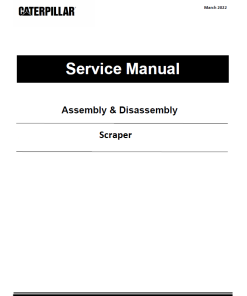 Caterpillar CAT 621G Wheel Scraper Service Repair Manual (ANG00001 and up)
Caterpillar CAT 621G Wheel Scraper Service Repair Manual (ANG00001 and up) 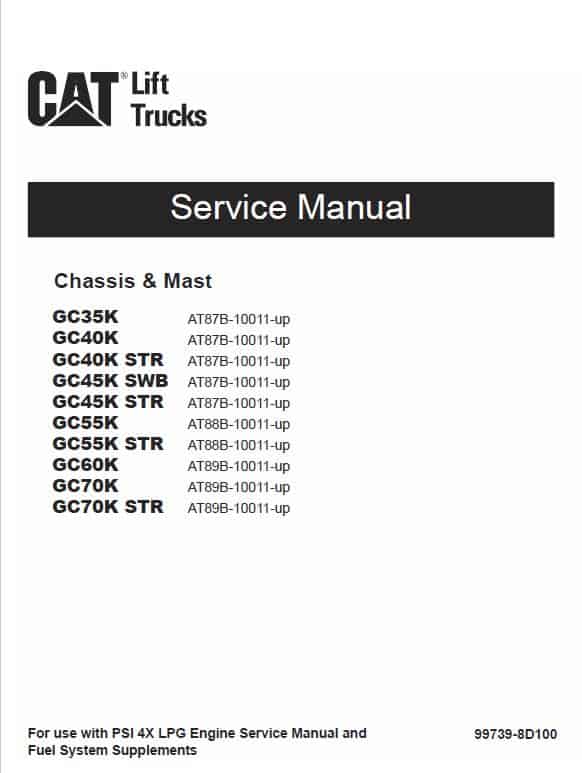


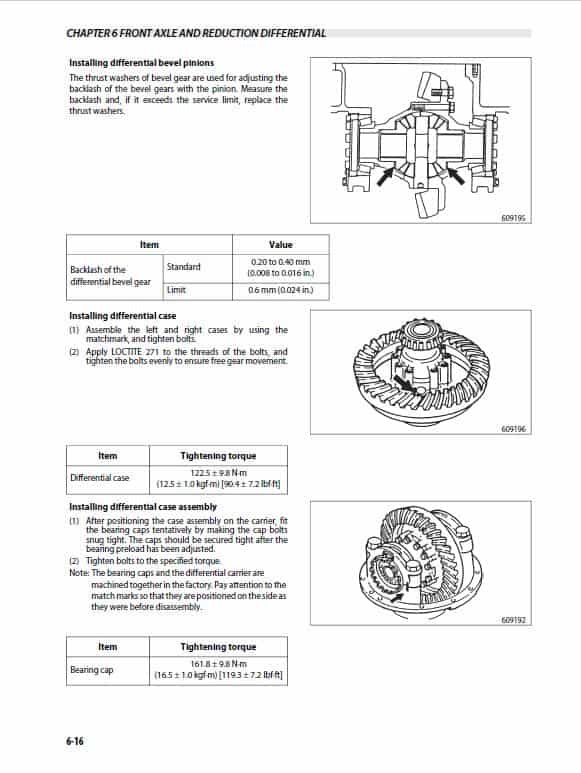


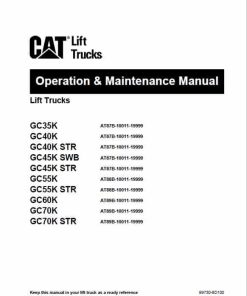
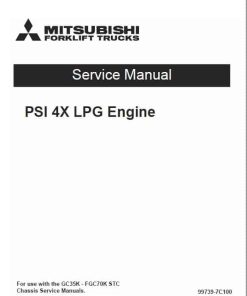
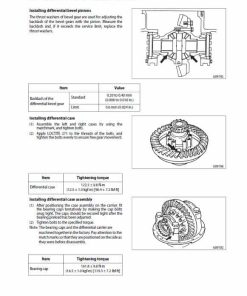

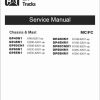
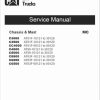
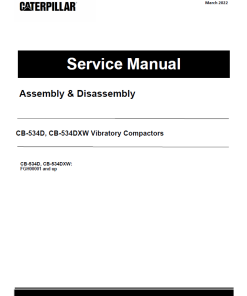
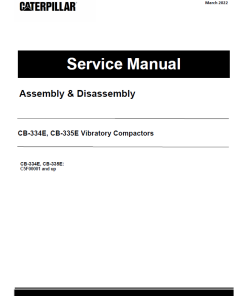
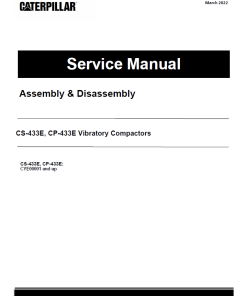
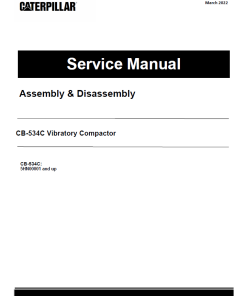
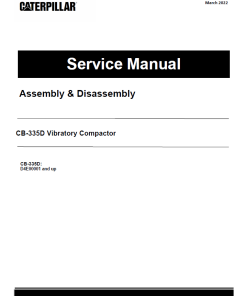
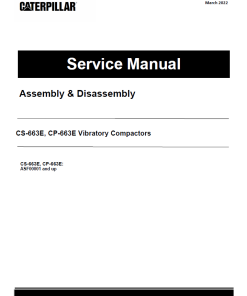
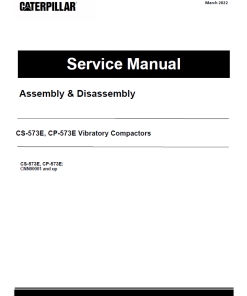
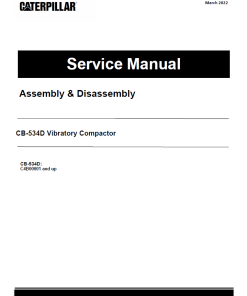
Reviews
There are no reviews yet.